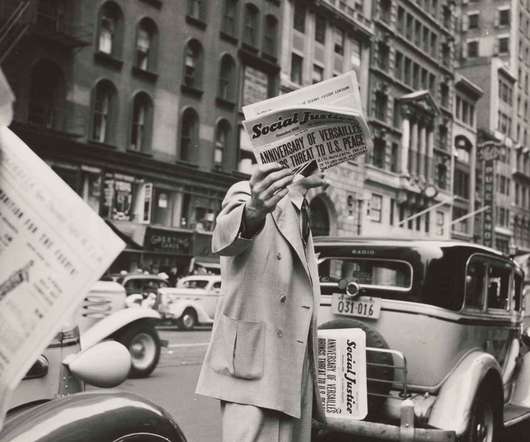Business Model Innovation Basics Series - Part 1: What is a Business Model?
The BMI Lab Blog
JUNE 29, 2022
Alex Osterwalder defines a business model as “a set of assumptions or hypotheses” and Michael Lewis claims that “all it really meant was how you planned to make money” (Ovans, 2015). According to the degree of innovation, innovations can be divided into evolutionary and disruptive innovations. The object of innovation 2.











































Let's personalize your content